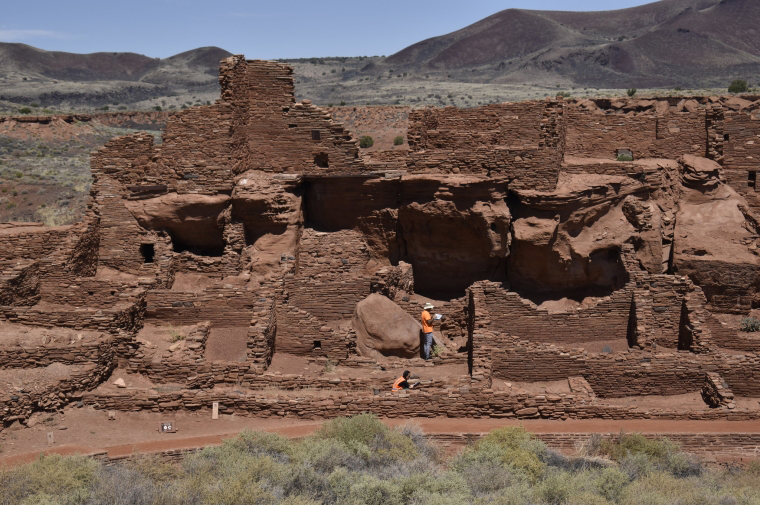When Penn’s Graduate Program in Historic Preservation was founded in 1981, the field was primarily concerned with architectural practice focused on saving, protecting and restoring buildings deemed to be of historical significance. “What we call heritage has broadened significantly—it’s no longer time-based or associated with high-style, elite, and monumental buildings. It’s now about places, not just buildings, and the communities they serve,” says Frank Matero, Gonick Family Professor and chair of the Department of Historic Preservation in the Weitzman School of Design and founder and director of the Center for Architectural Conservation (CAC). “It’s no longer a question of ‘Why?’ It’s now about ‘For whom and how?’”
Today, the field is experiencing what some professionals say is a “call to purpose” and probing how it can become more of a public design practice. As conservation professional and Weitzman lecturer Kecia Fong puts it, “In the public mindset, it has been about white male history and exceptional buildings and monuments.”
This past June saw an important milestone in the study and practice of historic preservation at Penn, as the program earned departmental status. The Department will continue to offer the Master of Science in Historic Preservation and a Master of Science in Design with a concentration in historic preservation, and will expand electives responding to current issues in the field and allow for deeper cross-sector partnerships linking pedagogy, research and practice.
The transition marks a “coming of age,” says Matero, rather than a new direction. “It really represents a 40 year-old experiment that’s delivered on its original proof of concept. It sends a strong signal in academia and the profession that the study and practice of heritage is an autonomous discipline that has its own history, knowledge, and skillsets that are specific to it alone.”
And it couldn’t come at a more consequential moment. “Given the political and cultural fragmentation of the present, and the looming crises of climate change and migration, historic preservation—as a field, a scholarly pursuit, a habit of stewardship, a mode of design—will be called to task with urgency and in ways we can hardly imagine today,” says Randall Mason, who previously served as the program chair and led PennPraxis, the applied research, engagement, and practice arm of the Weitzman School. He was also the founding director at the Center for the Preservation of Civil Rights Sites, where he is now a senior fellow.
A new generation of historic preservation students and practitioners has called for self-reflection on issues of equity and whose history matters. At Weitzman, initiatives like the Center for the Preservation of Civil Rights Sites (CPCRS) and the Urban Heritage Project have enabled the School to forge new partnerships and expand its research agendas in a way that foregrounds experiences and stories of historically marginalized groups in the heritage arena and builds the capacity of partner institutions doing this work.
With CPCRS, Penn has developed cross-sector partnerships with the Alabama-based HBCU Tuskegee University, the Andrew W. Mellon Foundation’s Humanities in Place Program, and with other stewardship organizations, government agencies, and educational organizations to better build capacity to preserve and sustain black heritage sites and other places shaped by the American civil rights movement.
This story is by Rebecca Greenwald. Read more at Weitzman News.








